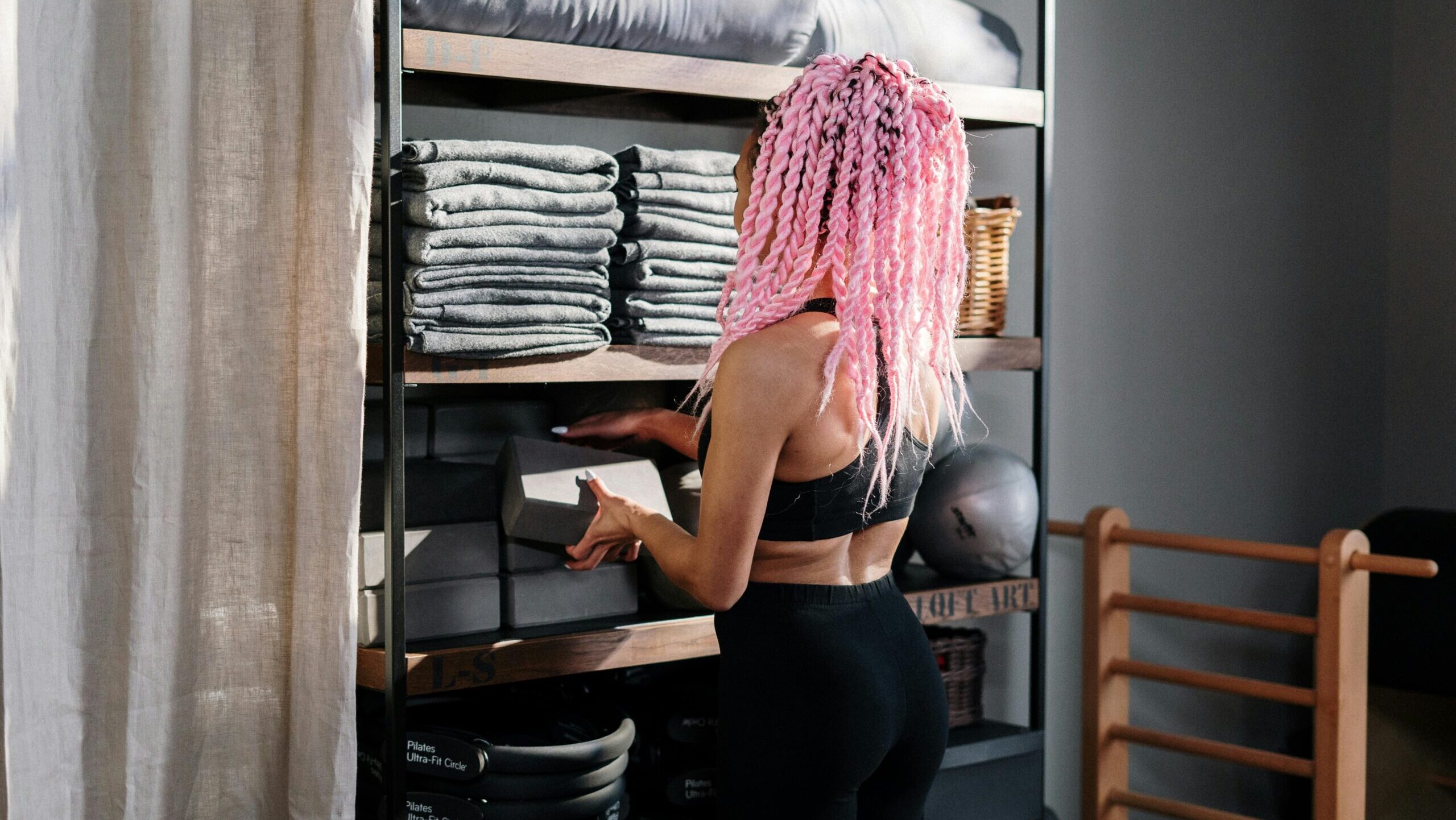Tips for Prioritizing Your Pelvic Health This Year and Beyond
January 6, 2025
A cheerful pelvis is the foundation for our physical, social, emotional, and sexual well-being, and an important aspect of our overall health. Often, when we enter a new year, we’re in the mindset of recommitting to our priorities, including self-care. So we wanted to offer some tips for staying connected to your pelvic health this year and beyond!
![]()
1. Make time to say “hi” to your pelvic floor.
Stress and symptoms go hand in hand, which can impact your whole body, including your pelvic health. When the nervous system is in the red zone, we tend to forget we have a body. Tension builds up, and this undermines your pelvic floor’s ability to work at its best.
Even just one moment’s pause to connect to your breath and pelvic floor can make a difference. Think of it like a check-in – every time you ask it how it how it is, even just the ask will help it relax.
2. Diet can affect pelvic health.
Whether it’s trying new foods, eating out regularly, or adjusting your meal schedule, a change in diet can affect your bladder and bowel functions. For example, you might notice that certain foods or beverages cause constipation or bladder irritation.
Adjusting your diet can help keep symptoms under control, but remember that small fluctuations or occasional choices don’t equal a setback in progress. It’s okay to let life take over and get dehydrated sometimes, or to enjoy that cocktail that aggravates your bladder. Know that it’s all your choice. Your pelvic floor may react to it, but will likely settle again.

3. Motion is lotion.
Prioritizing different types of movement throughout your day or week will help keep your pelvis cheerful, your symptoms at bay, and support your overall health.
Your pelvic health physio can help you create a strategy or recommend exercises that work for your schedule, whether you like to stick to a regular routine, mix it up, travel a lot, or don’t have access to exercise equipment.
4. It’s normal for symptoms to fluctuate.
Life is full of changes, and you might notice different ways in which your body responds and adapts. For example, a change in your diet can affect bladder urgency; or during certain periods of time, you might find that pain can flare up more easily.
But as things change again or you get back into your usual routine, you might find your symptoms improving. If you notice something becoming a pattern, or have any questions or concerns, talk to your pelvic health physio. But remember to be patient with yourself: fluctuations are part of life.

5. Routines are great, but so is being kind to yourself
Sometimes, life gets in the way of our best intentions. Our physio routine can take a backseat for many reasons, whether financial, scheduling, or other reasons. But taking a break or missing a few sessions doesn’t mean you will necessarily slide backwards with your physio. Even if you don’t keep up with your rehab, the body is smart. So don’t worry: you won’t necessarily be back to square one when you get back to it.
While some of us rely on a rehab or self-care routine to manage our pelvic concerns, if we’re too rigid or reliant on it, it can create more anxiety when circumstances undermine the routine. So remember, at the end of the day, a cheerful pelvis can love routine, but it also needs to let its hair down and have a glass of wine and some cheese now and again!
Need some support? If you’re a new client, get matched with a physiotherapist here. If you’re a current client, book here. We can help you find your cheerful pelvis in 2025 and beyond!